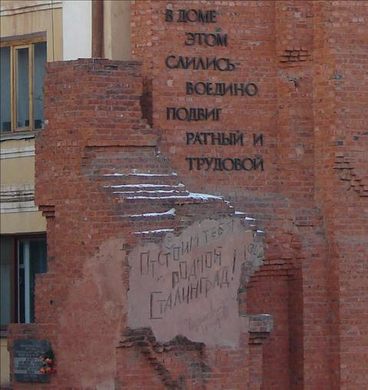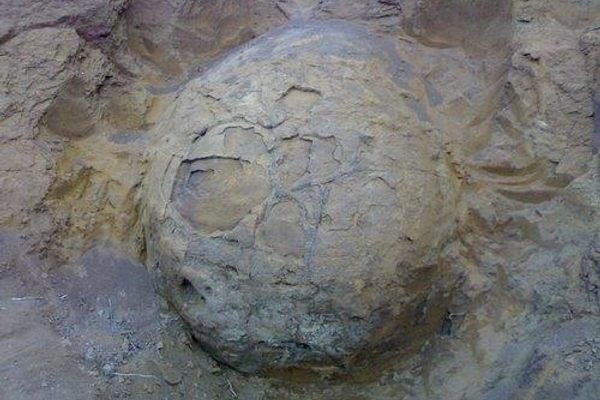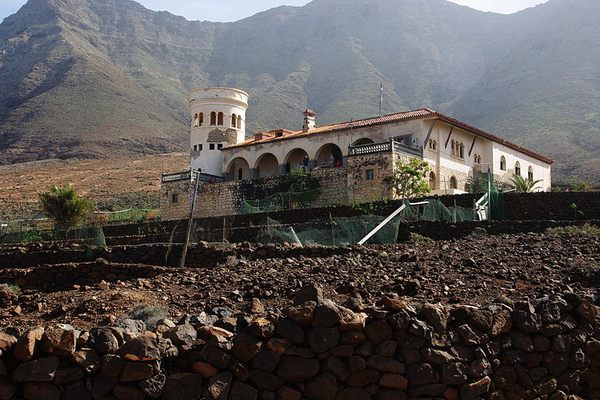Pavlov's House
The Nazis lost more men trying to take this Russian-held Stalingrad apartment block than they did when taking Paris.
Sergeant Yakov Pavlov received a simple order, “Not one step back.” It was an order he intended to keep.
Very few battles in human history can compare to the epic proportions of carnage at Stalingrad. Two ideological empires fought for survival in a hailstorm of blood and steel that lasted for months and marked a turning point in the course of WWII.
The grinding war of attrition begun in July of 1942. Despite ferocious resistance, by September, German forces crawled their way to banks of Volga, leaving in Russian hands only pockets of resistance. A four-story apartment block overlooking the “9th January Square”, parallel to the river and occupied by Sergeant Yakov Pavlov, was one such pocket.
Sergeant Yakov Pavlov’s platoon took possession of the building by violently driving out the German invaders but in the process there were casualties. In fact, of the 30 man platoon, only 4 soldiers survived. The lieutenant was dead, all senior sergeants were dead, and Pavlov was the highest ranking of four survivors. There were also 10 Russian civilians who had been trapped in the basement by the fighting. They were still unable to escape as the apartment remained surrounded by German troops.
Pavlov was determined to follow the order “Not one step back” and the Russian soldiers proceeded to fortify their position. A few days later reinforcement arrived, boosting their numbers to 25 soldiers and the 10 civilians. They surrounded the building with barbwire and mines, breached walls to create channels of communications, barricaded doors and windows and installed machine guns, and indeed, never took a step back. They managed to defend the building for two straight months, from 23 September until 25 November.
Pavlov and his men fought off countless attacks. Germans assaulted the building several times each day, trying to take it by infantry or armor. But the Germans were at a disadvantage, they had to charge across the open space of “9th January Square.” Pavlov’s men met them each time with a deadly barrage of rifle and anti-tank fire, decimating the attackers. They say that they had to use lulls in the fighting to run out and kick over the heaped piles of German corpses so they could not be used as cover for the next round of attackers. The Germans lost more men trying to take this apartment block then they did when taking Paris. The house was marked as fortress on German maps.
Both the soldier and the civilians survived the two month siege and were finally ferried to safety by counter-attacking Russian troops.
Pavlov’s House, as it is now known, was rebuilt and returned to its original purpose after the war. The east side of the building, the side facing the river, was rebuilt by original bricks collected after the battle. It serves as a memorial of the resistance on a place where Hitler’s war machine ground to a halt due to one man’s determination to take “not one step back.”




















Follow us on Twitter to get the latest on the world's hidden wonders.
Like us on Facebook to get the latest on the world's hidden wonders.
Follow us on Twitter Like us on Facebook